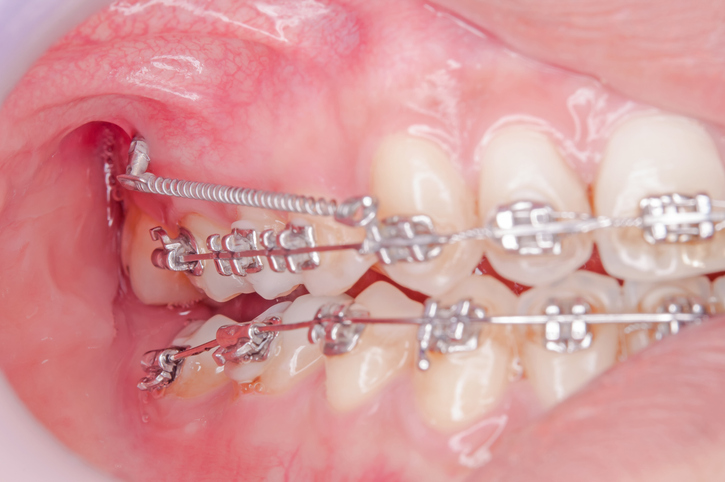
Orthodontic miniscrew design may affect cell adhesion

Researchers have examined how human primary fibroblasts and osteoblasts may respond to different orthodontic miniscrews.
Prior research has found that the manufacturer’s design and material choice for miniscrews may affect how dental implants interact with the surrounding soft tissue and bone. When failures occur, the patients may experience instability of the implants caused by loosening, partial osseointegration, device fracture during orthodontic treatment or other bone and soft tissue responses.
In an in vitro study, published in Scientific Reports, the researchers investigated the outcomes of three commercially available orthodontic TiAl6V4 miniscrews: tomas-pin SD N 08, OrthoEasy Pin, and Dual Top G2. They used scanning electron microscopy to assess cell-implant interactions at the head, neck and thread components of the miniscrews.
The researchers found that both human primary fibroblasts and osteoblasts adhered to the implants. However, there were differences in cell shape and spreading between the miniscrew types. Cells were found to orient along grooves in the miniscrews but were less dense on smooth surfaces. Modulating the implant design affected cell morphology, cell growth and inflammatory responses at the biointerface. For instance, the roughness, chemical modification or topography of the implant surfaces altered cell adhesion.
The researchers suggested that increasing surface roughness and tuning the chemical composition of the implants could overcome instability and enhance biocompatible surfaces and bone adhesion.
The findings support the hypothesis that controlling implant design — including its dimensions and surface microstructure — could help improve cell adhesion to the implant surfaces and optimize orthodontic treatment.
Read more: Scientific Reports
The article presented here is intended to inform you about the broader media perspective on dentistry, regardless of its alignment with the ADA's stance. It is important to note that publication of an article does not imply the ADA's endorsement, agreement, or promotion of its content.